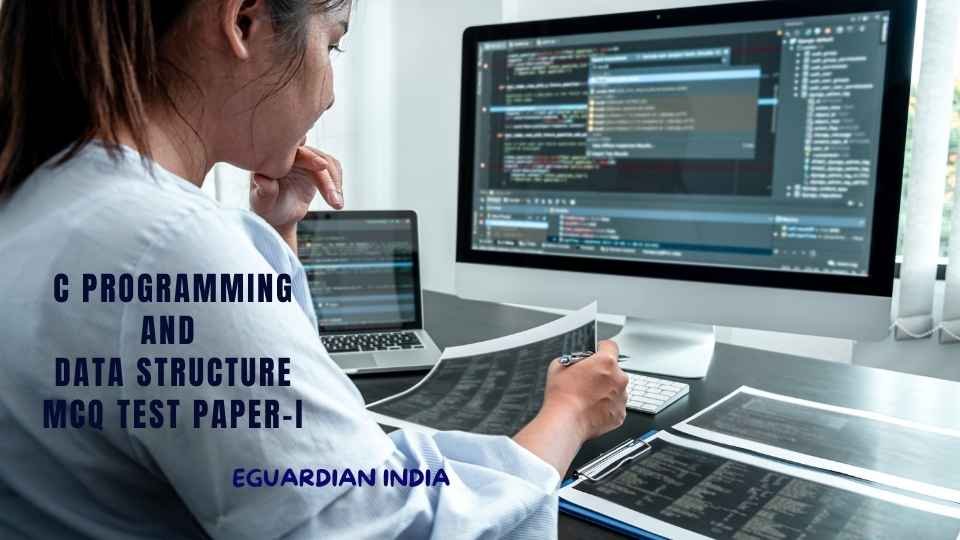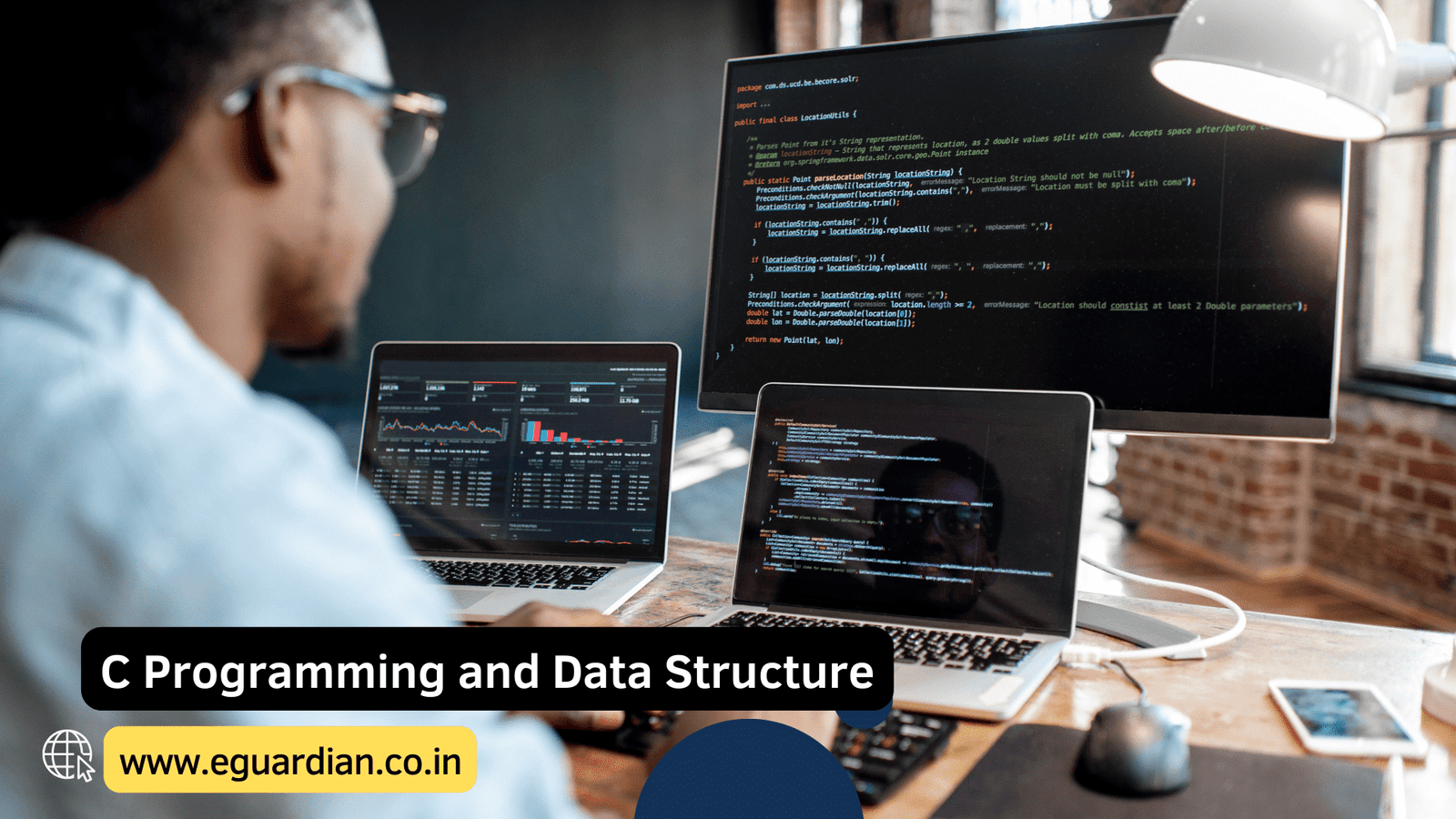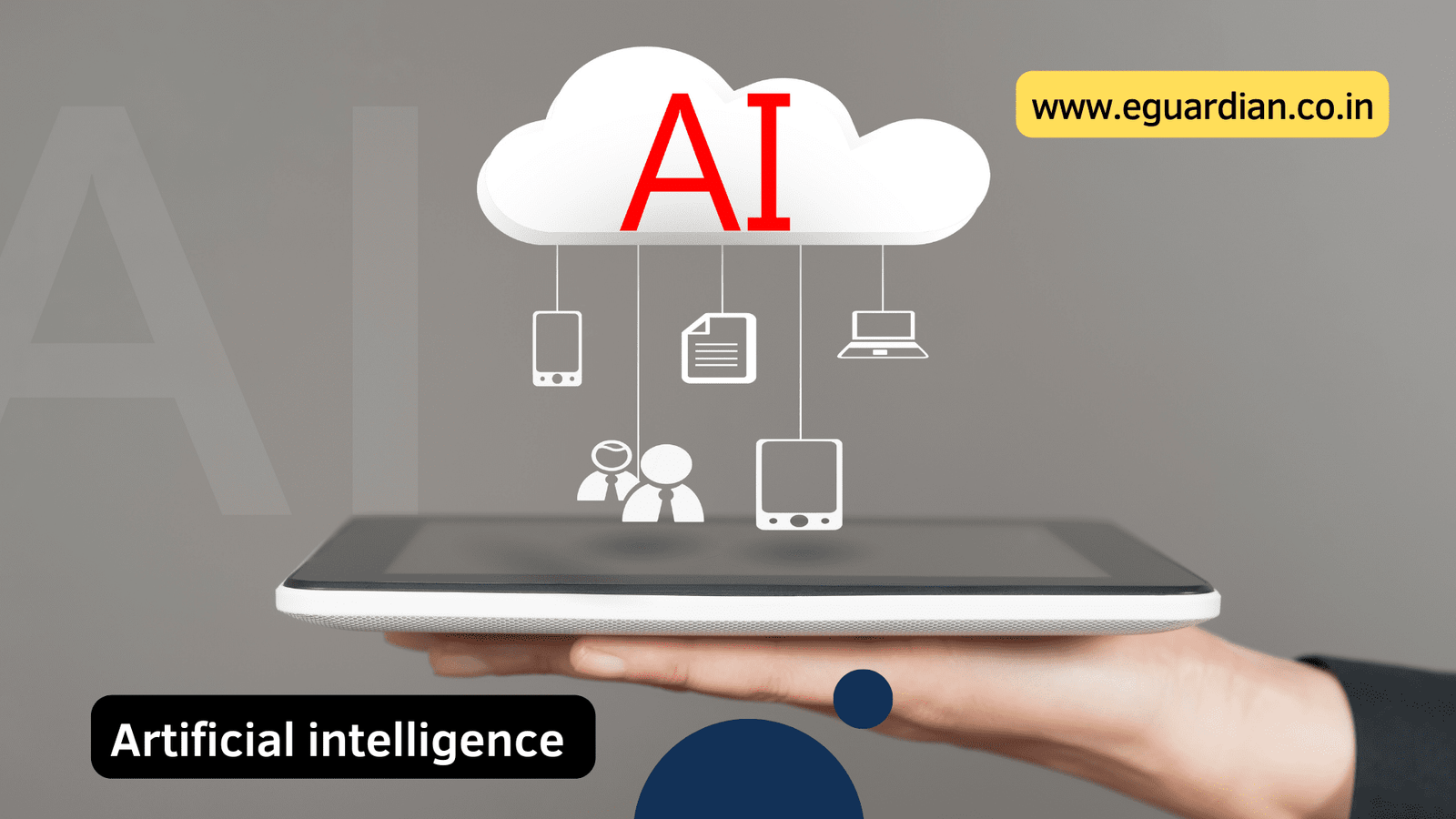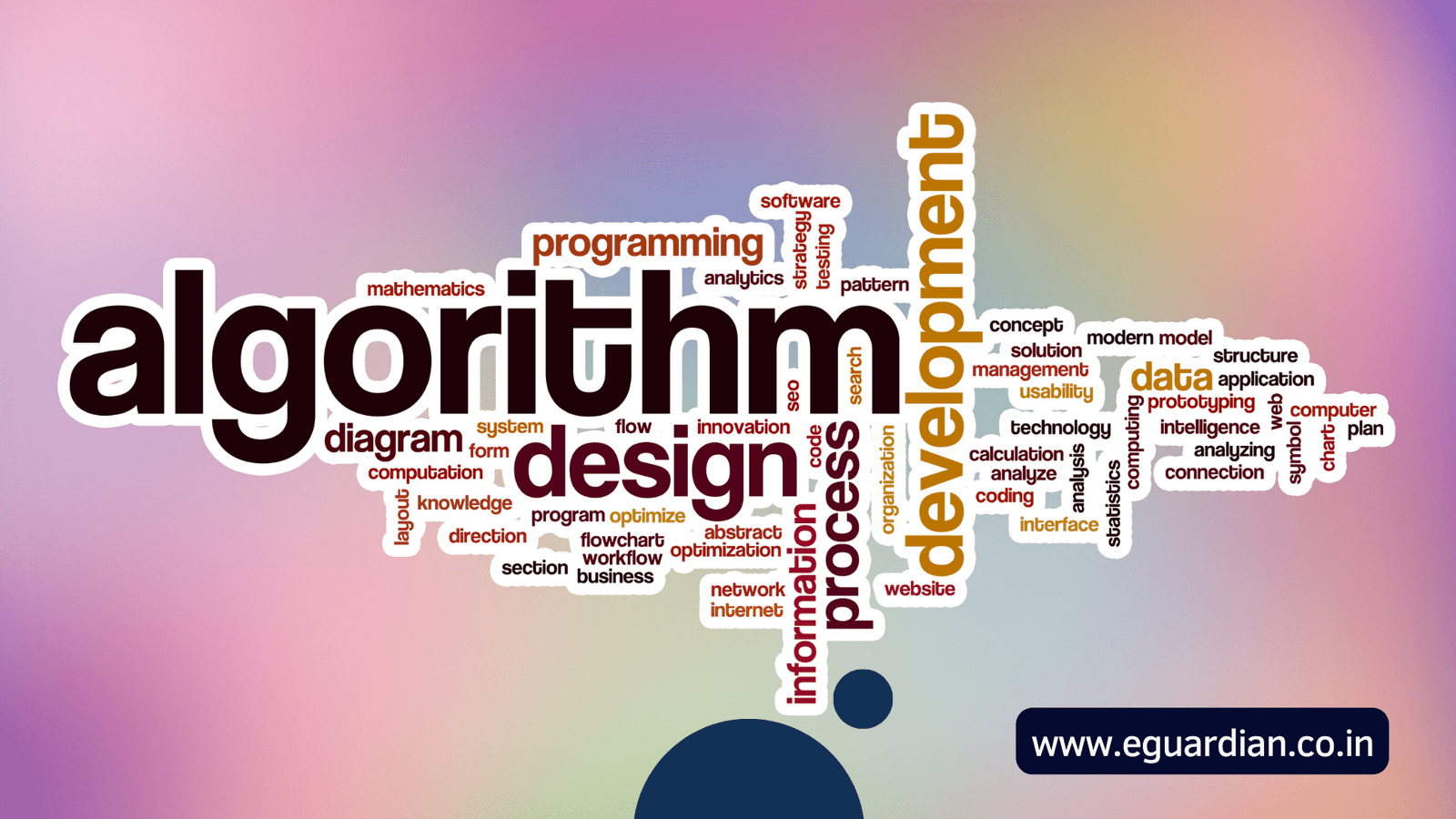MCQ on Introduction to Operating System – Objective Question & Answers for the preparation of academic and competitive examinations.
Welcome to our introductory guide to operating systems! In this post, we’ll explore the fundamental concepts of operating systems through multiple-choice questions (MCQs), providing you with an opportunity to test your knowledge and deepen your understanding of this essential aspect of computer science.
Understanding Operating Systems
An operating system (OS) is the core software that manages computer hardware and provides a platform for running applications. It acts as an intermediary between the user and the hardware, facilitating tasks such as memory management, process scheduling, file management, and device control.
Exploring Key Concepts
Through our MCQs, we’ll delve into various aspects of operating systems, including their functions, components, and management techniques. From memory management to process scheduling, each question will help you grasp the fundamental principles that underpin the operation of modern computer systems.

MCQ on Introduction to Operating System : Set-1
1. The primary purpose of an operating system is
a. To make the most efficient use of the computer hardware
b. To allow people to use the computer
c. To keep systems programmers employed
d. To make computers easier to use
Ans: a
2. A sequence of instruction telling the comp what to do is called
a. Function
b. Program
c. Statements
d. None of the above
Ans: b
3. A language whose statements have almost one to one correspondence to the instruction understood by the CP of computer is
a. High-level language
b. Middle-level language
c. Assembly level
d. show level
Ans: c
4. Which of the following is not a high-level language?
a. COBOL
b. Pascal
c. C
d. Java
Ans: a
5. FCFS algorithm is used by
a. FIFO
b. LIFO
c. LIFO and FIFO
d. None of the above
Ans: a
6. Multiprogramming systems
a. Are easier to develop than single programming systems
b. Execute each job faster
c. Execute more jobs in the same time period
d. Are used only one large mainframe
Ans: c
7. Breaking deadlock is possible by
a. Abort one or more processes to break the circular wait condition causing deadlock.
b. Preempting resources from one or more processors which are deadlocked.
c. Both are true
d. Both are false
Ans: c
8. Page replacement algorithms
a. FIFO algorithms
b. Optimal Algorithms
c LRU
d. All of the above.
Ans: d
9. A program used to translate high-level lang. to machine level language is called
a. Loader
b. Compiler
c. Linker
d. Assembler
Ans: b
10. Code files corresponding to the incomplete pension of program area
a. Object files
b. Exactable
c. Complete files
d. All of the above
Ans: a
11. Complete code files for which address has been, resolved for all global functions are?
a. Exactable files
b. Object files
c. Source file
d. None of the above
Ans: a
12. Memory management is
a. Not used in modern operating systems
b. Replaced with virtual memory on current systems
c. Not used on multiprogramming systems
d. Critical for even the simplest operating systems.
Ans: b
13. Header contains information of?
a. Position, Size, the value of pc& register
b. Length, data & index
c. Size, pointer, function
d. All of the above
Ans: a
14. A table that indicates the name of all functions & global variables is?
a. #Table
b. Symbol of table
c. Index table
d. Data table
Ans: b
15. Structure of UNIX used files is due to?
a. Shared libraries
b. Virtual memory
c. Symbol table
d. Unix shell
Ans: a
16. Which operating systems are more complex than multi-programmed operating systems?
A. I/O device-sharing
B. Resource-sharing
C. Time-sharing
D. Memory-sharing
Ans: c
17. Device independence
a. Allows the computer to run without I/O devices
b. Allows programs to be written much more easily
c. Makes all devices look the same to the operating system
d. Allow tape drives to be substituted for disk drives
Ans: b
18. It is responsible for file and I/O management through device drivers.
A. Space subsystem
B. Memory subsystem
C. File subsystem
D. Input subsystem
Ans: c
19. Co-Operating has several advantages.
a. Modularity
b. Information Sharing
c. Computation Speedup, Convenience
d. All of the above
Ans: d
20. Context Switching and Sharing are
a. Advantage of Threads
b. The disadvantage of Threads
c. Non-Relevant
d. None of the above
Ans: a
21. The process of transferring data intended for a peripheral device into a disk (or intermediate store) so that it can be transferred to peripheral at a more convenient time or in bulk, is known as
a. Multiprogramming
b. Spooling
c. Caching
d. Virtual programming
Ans: b
22. There are types of threads
a. User Level Threads
b. Kernel-Level Threads
c. Both are threads
d. System-Level Threads
Ans: c
23. What is the name of the system which deals with the running of the actual computer and not with the programming problems?
a. Operating system
b. System program
c. Object program
d. Source program
Ans: b
24. The operating system of a computer serves as a software interface between the user and
a. Hardware
b. Peripheral
c. Memory
d. Screen
Ans: a
25. Two basic types of operating systems are
a. Sequential and direct
b. Batch and timesharing
c. Sequential and real-time
d. Batch and interactive
Ans: d
26. Remote computing services involve the use of timesharing and
a. Multi processing
b. Interactive processing
c. Batch processing
d. Real-time processing
Ans: c
27. The primary job of the operating system of a compute is to
a. Command resources
b. Manage resources
c. Provide utility
d. Be user friendly
Ans: b
28. In which addressing mode the contents of a register specified in the instruction is first decremented, and then these contents are used as the effective address of the operands
a. Index addressing
b. Indirect addressing
c. Auto addressing
d. Auto decrement
Ans: d
29. An algorithm is best described as
a. A computer language
b. A step by step procedure for solving a problem
c. A branch of mathematics
d. All the above
Ans: b
30. An example of an operating system that does not have a well-defined structure:
A. Windows 98
B. Linux
C. MS-Office
D. MS-DOS
Ans: d
31. Context switching is
a. Part of spooling
b. Part of polling
c. Part of handling
d. Part of interrupt servicing
Ans: c
32. PCB stands for:
A. Process Control Block
B. Program Control Block
C. Proceeding Control Block
D. Process Communication Block
Ans: a
33. It is a register and holds the address of the next instruction to be executed.
A. Process counter
B. Program counter
C. CPU register
D. Accounting register
Ans: b
34. The main advantage of the interrupt concept is the elimination of
a. Spooling
b. Polling
c. Job scheduling
d. Blocking the currently running process
Ans: b
35. CPU switching from one process to another requires saving the state of the current process and loading the latest state of the next process. This is known as:
A. Program Switch
B. Context Switch
C. Process Switch
D. CPU Switch
Ans: b
36. Number of processes completed per time unit is:
A. CPU utilization
B. Throughput
C. Waiting time
D. Scheduling
Ans: b
37. Which of the following algorithm is one of the brute-force algorithms?
A. Priority Scheduling
B. Shortest-Job-First Scheduling
C. First-Come-First-Served Scheduling
D. Round-Robin Scheduling
Ans: c
38. Which computing is less restrictive?
A. Soft real-time
B. Real-time
C. Distributed
D. Hard real-time
Ans: a
39. RPC stands for:
A. Remote Procedure Communication
B. Remote Process Call
C. Remote Procedure Call
D. Rectified Procedure Call
Ans: c
40. Computer Software can be categorized as
a. Application Software
b. System Software
c. Both of the above
d. None of the above
Ans: b
41. SPOOL Stands for
a. Simultaneous Peripheral Operation on Line
b. Simple Peripheral Operation on Line
c. Single Process Operation on Line
d. Single Process on Operation Line
Ans: a
42. Operating System of PC consists of two parts
a. BIOS and RAM
b. OS and RAM
c. ROM and DOS
d. BIOS and DOS
Ans: d
43. Schedulers could be anyone the following;
a. Long Term Scheduler
b. Short Term Scheduler
c. Medium Term Scheduler
d. All of the above
Ans: d
44. Types of Threads
a. User level Threads
b. Kernel Level Threads
c. Both of above
d. None of the above
Ans: c
45. Process can be anyone the following
a. Process Being Created
b. Running
c. Waited, Ready
d. All of the above
Ans: d
46. All the time a computer is switched on; its operating system software has to stay in
a. Main storage
b. Primary storage
c. Floppy disk
d. Disk drive
Ans: b
47. A process in general needs certain recourses
a. CPU time
b. Memory
c. I/O Device
d. All of the above
Ans: d
48. The macro process must perform
a. Recognize macro definitions and macrocells
b. Save the macro definitions
c. Expand macro calls and substitute arguments
d. All the above
Ans: d
49. In which ways a macro processor for assembly language can be implemented
a. Independent two-pass processor
b. Independent one-pass processor
c. Processor incorporated into pass 1 of a standard two-pass assembler
d. All the above
Ans: d
50. A hardware device that is capable of executing a sequence of instructions, is known as
a. CPU
b. ALU
c. CU
d. Processor
Ans: d
Conclusion
Whether you’re a student studying computer science, an aspiring software engineer, or simply curious about how operating systems work, this MCQ guide will serve as a valuable resource for enhancing your knowledge and preparing for exams or interviews.
Thanks for visiting our website, if you like the post MCQ on Introduction to Operating System please share on social media.



